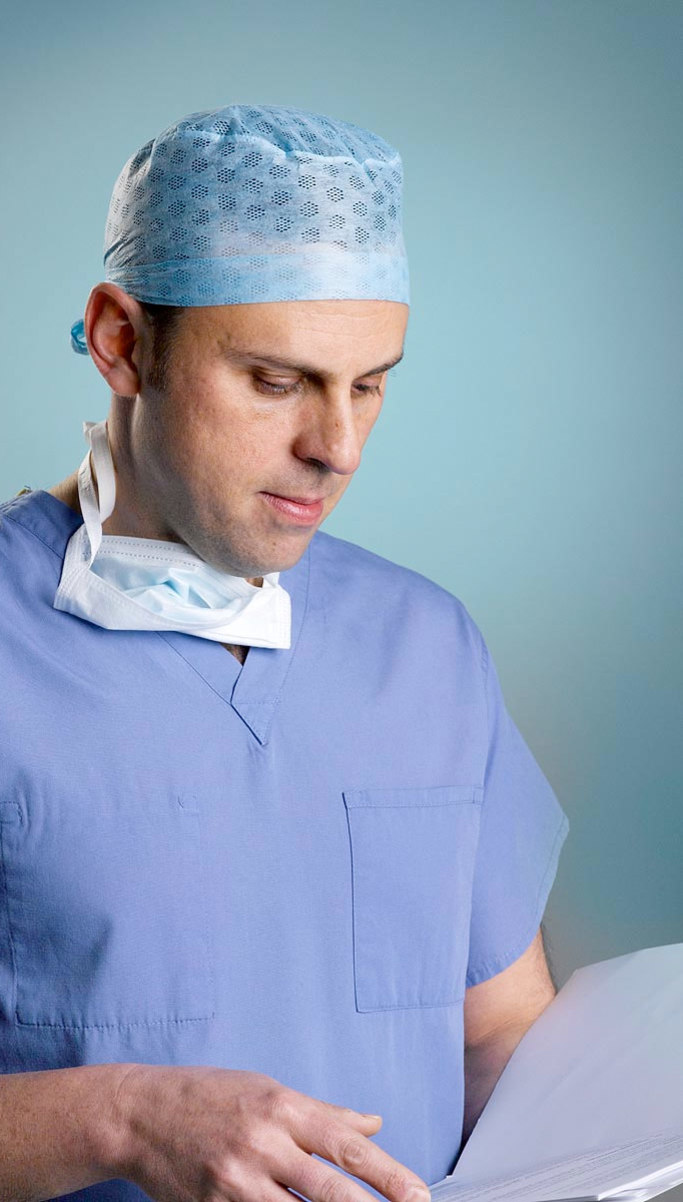LMSSA(Lond), LRCP(Lond), LRCS(Eng), MS,FRCS
Consultant Oncoplastic Breast Surgeon
Benign Breast Disease
The following are examples of the common types of breast benign disease. This doesn’t cover the whole range of abnormalities but gives you some idea of the common benign conditions affecting the breast.
Breast pain (Mastalgia)
Breast pain is a very common condition and affects women of all age groups. The pain can be on one side or both. It can be cyclical (related to your menstrual period) or non-cyclical (unrelated to you periods). The cause of cyclical breast pain is thought to be hormonal in nature. Breast pain generally is a benign condition and is not a symptom of breast cancer. Careful examination, however, is paramount in excluding any discrete lumps and often women require a mammogram as a way of screening and reassurance.
Breast cysts
Breast cysts are soft mobile lumps in the breast that represent a “sac” filled with fluid. They are very common in all age groups particularly in women in their 40s. They are related to the female sex hormone “oestrogen”.
Small cysts are very common and don’t require any treatment. They don’t predispose to breast cancer and don’t turn cancerous. Large cysts can cause pain and discomfort and are usually aspirated using a syringe under ultrasound guidance. The fluid is often straw coloured and can be discarded unless it is blood stained. If its blood stained then it’s examined under a microscope. About 7% of all women will develop a breast cyst at some point of their lives.
They often present as lumps and you are strongly advised to see a doctor if you notice any breast lump.
Fibroadenomas
Fibroadenomas are benign and mobile lumps in the breast and that’s why they are sometimes referred to as “breast mouse”. They are common in younger women but can occur in any age. They are often referred to as an alteration in the normal development of the breast and therefore considered benign. They don’t predispose to breast cancer. Fibroadenomas are dependent on the female hormone “oestrogen” and can grow very rapidly particularly in young women.
If your doctor suspects that you have a fibroadenoma he/she will organise for you to have a mammogram and an ultrasound and often he/she will need to perform a needle biopsy to confirm the diagnosis. Your doctor may recommend having this lump removed if there is any doubt about its nature. Otherwise these lumps can be left alone.

Nipple discharge
Nipple discharge is a common condition which can affect women of any age. Its characterised by the production of fluid from the surface of the nipple.
There are multiple causes for nipple discharge most of which are benign conditions such as duct ectasia or dilatation of the ducts behind the nipple which is an entirely benign condition and doesn’t usually require any treatment. It often settles down on its own accord. One type of nipple discharge “blood stained discharge” is more worrying and should be investigated thoroughly as sometimes it can represent early breast cancer or “DCIS”. The majority of blood stained discharge is a result of what’s called “papilloma” which is a benign growth in the ducts behind the nipple surface.
If you notice any kind of nipple discharge its important to see a breast surgeon so he/she can investigate this fully. This comprises a physical examination, mammography, and an ultrasound scan. Sometime you will also need a needle biopsy.
Mastitis
Mastitis is a common condition that causes pain and inflammation in the female breast. It commonly occurs in breastfeeding women with 1 in 10 women suffering from this condition during the last trimester of their pregnancy or during breast feeding. This is called lactational mastitis and it’s caused by the baby not latching properly to the breast or infrequent or missed feeds. The built up milk gets infected with bacteria and leads to a painful red patch on the breast. Sometimes this treated with antibiotics but if it’s left untreated patients can develop and abscess where the pus has to be aspirated using a special needle to facilitate healing. Women can also develop mastitis even if they are not breastfeeding and this is called non-lactational mastitis. This is usually due to infection caused by an injury to the nipple or cracked nipple. Also this can occur in smokers due to the effect of nicotine and other substances in the cigarettes that leads to what is called “Periductal mastitis”. The treatment is similar to the lactational mastitis but patients should seek help early to reduce the risk of this turning into a breast abscess.

